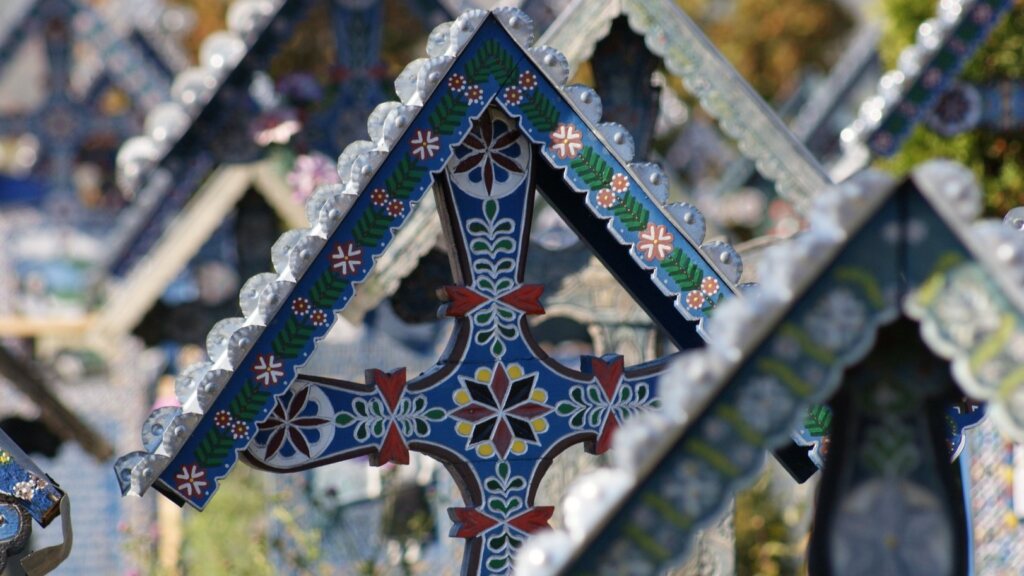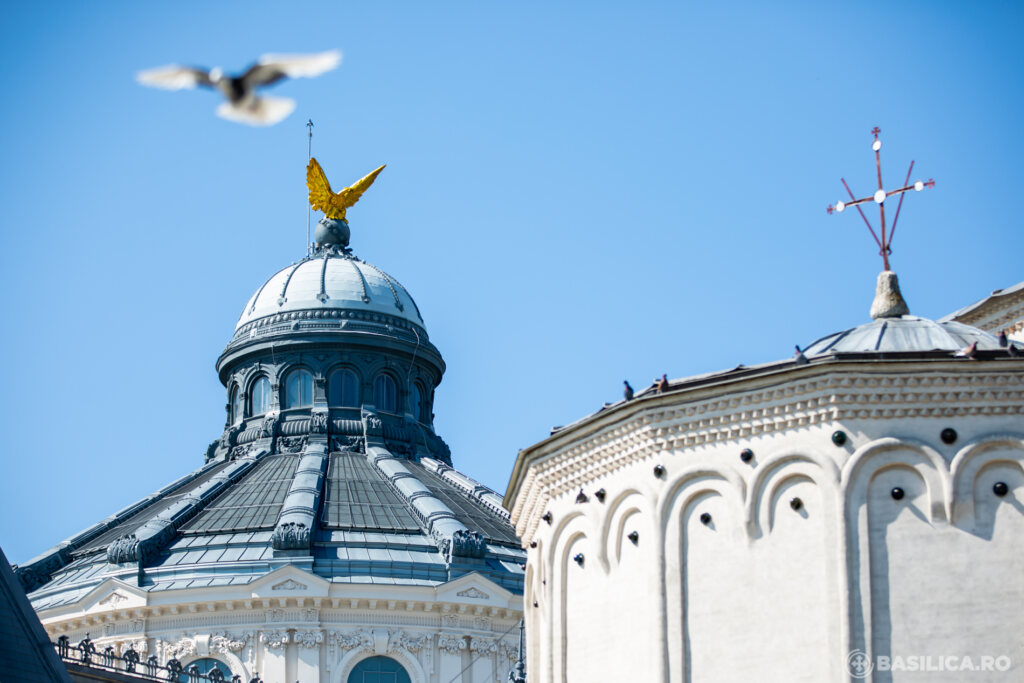The Holy Synod of the Romanian Orthodox Church cautioned that in the ‘era of videocracy’ social networks give birth to idolatrous, narcissistic tendencies, they weaken human communion, and the human person is not valued at true value as icon or image of God.
In their pastoral letter for the Sunday of Orthodoxy, the Romanian hierarchs warned that ‘the more we are invaded by fleeting, fugitive pictures, the weaker the content of human communication and communion becomes.’
On the first Sunday of Lent, the Church celebrates the restoration of icons for use in services and private devotional life of Christians.
On this occasion, the synodal fathers insisted on the role and effects of visual content: ‘everything becomes a picture of the limited and ephemeral material, that is we inform ourselves through sight, without realizing that images can deceive us more than words and that invisible does not exist for a person who sees (and not only).’
This is where idolatry begins to emerge
‘That is why a personal picture, a photograph of myself becomes an idol for me: I post it on all social networks; I look forward to having it widely shared and liked, which coincides with the act of affirming myself among others. I post as many pictures as possible, therefore I am. It is important to be seen by others, not to be personally seen by the eyes of others.’
‘This is where idolatry begins to emerge: when I like being adored, appreciated according to the pictures I want to select and distribute to public space, and which may not actually express who I truly am beyond my outer appearance.’
How can visual culture be freed from self-sufficiency, narcissism, and opaque materialism?
‘Given this context,’ the pastoral letter continues, ‘the Sunday of Orthodoxy, the Sunday of the communion of holy icons, is more than actual, because the holy icon directs to a holy person living in eternity.’
‘Only with the help of the holy icon, can the image or the visual culture be freed from self-sufficiency, narcissism, and opaque materialism,’ the Holy Synod’s letter reads.
‘The true purpose of the icon is not to be observed, thus transforming it into an object of aesthetic contemplation, but to help us live in the presence of God and of the Saints. We want to be seen, heard and loved by the eternal God and by His Saints, not just by the passing and changing people.’
The pastoral letter of the Holy Synod referred to the benefits of iconography noting that ‘it sanctifies times and places’.
‘When we understand the person next to us as the icon or image of God, then we cannot allow ourselves to have spiritual immaturity to slander, to despise, to deceive, to discredit, to judge others, but we love them hoping for their spiritual healing, as Christ loved us, in a unique and complete way, on the Cross, and made us partakers of the glory of His Resurrection.’
Only such a perspective will help us to understand that the icon ‘sanctifies times and places; that from a dwelling place it makes a church; that it transforms the inner life of a believer into a constant state of prayer, an inner and uninterrupted liturgy,’ the pastoral message adds.
On the Sunday in which we are called ‘to acknowledge in a humble and dignified manner the identity, unity and timeliness of our faith,’ the Romanian bishops reiterate that being Orthodox means not only formal affiliation to a religious institution but a way of life: ‘true faith, true living, correct action.’
Photo: public domain






